EUROPE’S ONGOING UNIFICATION PROJECT
For the last two millennia, Europe has dominated world history. Roman coins have been found from Britain, across North Africa and as far away as China. It is for good reason that students of world history in this time period focus on Europe.
But is Europe’s dominance all in the past? In a world of massive superpowers—of the United States, Russia and China—is Europe, with all its much smaller, less populous countries, obsolete?
Looking at Europe today, it is difficult to imagine the appearance of another Charlemagne, Napoleon or Hitler. To many observers, the idea of Europe participating in another destructive global conflict, let alone initiating one, seems impossible and outrageous.
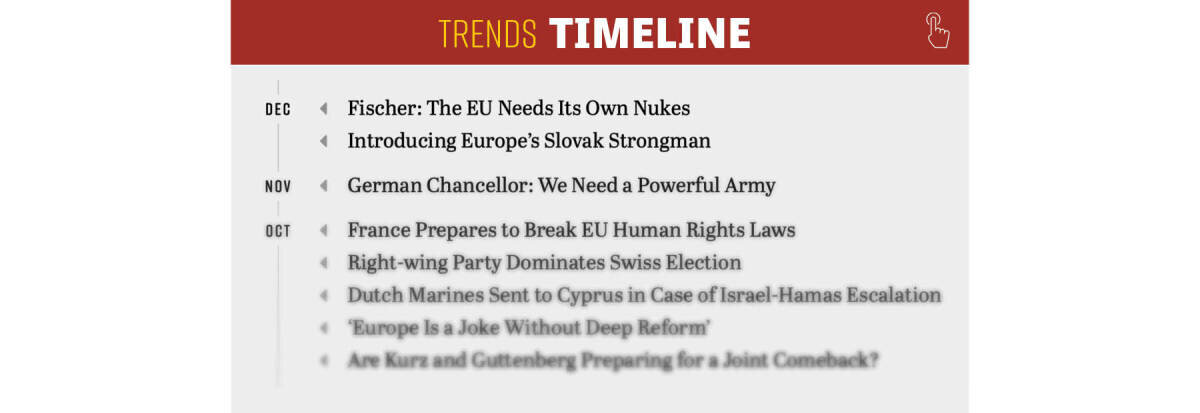
A great many people consider Europe’s storied history—its dungeons and castles, its ancient weapons and renowned battlefields, its celebrated medieval past, filled with royal and political intrigue—as valuable only as a lure for tourists. Europe’s days of conquest and empire are done.
One can understand this perception. After all, the world hasn’t been frightened by a European military since the Second World War. Europe is multicultural and sophisticated, and a world leader in defending human rights and environmental activism. Besides that, Europe is struggling to ward off economic and financial ruin, as well as social unrest and revolt. The European Union is an inefficient, cumbersome collection of states beset with conflicting interests, bogged down by bureaucracy, and seemingly incapable of ever becoming a formidable global leader, let alone a lethal imperial superpower.
But 1,500 years of European history should warn us against underestimating the destructive power of Europe nations.
We must not merely look at Europe in its current state. It must be studied in its historical context. And we ought to consider Europe’s potential. The EU is home to over half a billion people—nearly 10 percent of the global population. Its economy is twice the size of China’s and much larger than America’s. One fifth of all the world’s economic activity happens in the EU. European nations have 1.5 million personnel in their armed forces. And Europe is led by one of the world’s strongest, healthiest and most popular countries: Germany.
Europe has great potential to become a dominant financial, political and military power.
Europe also has a long history of imperialism and global domination. Imagine if these elements of power were marshaled into a cohesive, dynamic geopolitical entity.
What if such an impressive empire is close to being formed already?
The Trumpet forecasts that Europe will unite and it will become a formidable global dynamo. The unity Europe attains will not be perfect, it will not come about easily or peacefully, and it certainly will not endure. But Europe is going to become a united superpower and a serious, daunting global power. The emergence of this new Europe will have far-reaching and dramatic consequences for us all.
What underpins this forecast? Look at our history, and that of our parent magazine, the Plain Truth, under the stewardship of publisher and author Herbert W. Armstrong. You will see that it is underpinned by the sure prophecies of the Bible.
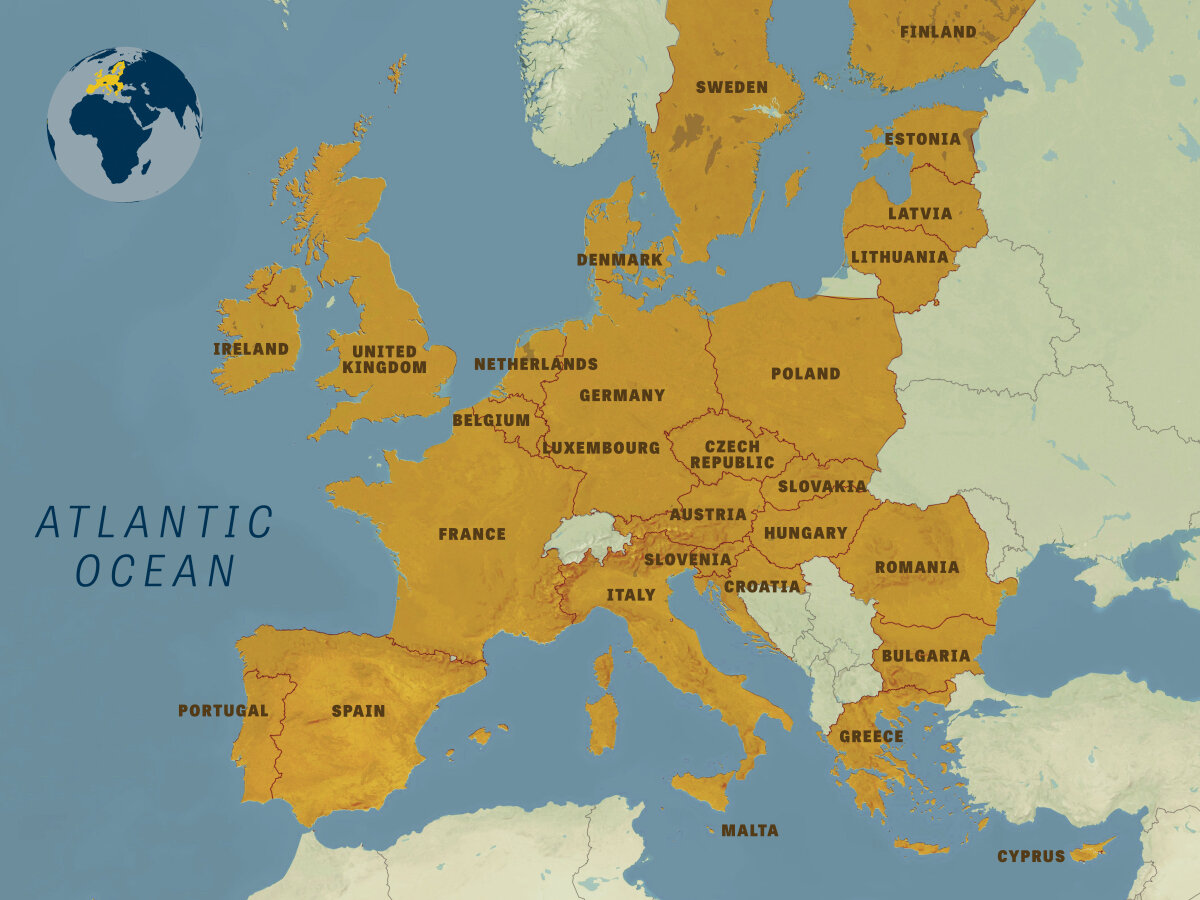
_____
Forecasts
Immediately after World War ii, when Germany was little more than smoldering rubble, Mr. Armstrong was forecasting that this nation would rise again to lead a union of nations in the territory of the old Roman Empire. You could say this was the signature prophecy of Herbert W. Armstrong’s work over 50 years.
Consider the fractured state of Europe at that point, how weak postwar Germany was, and how unlikely Germany was to emerge as the leading nation on the Continent.
Then consider what Europe looks like today.
Mr. Armstrong knew the 1950s European Economic Community was the beginning stage of the final resurrection of the Holy Roman Empire. His magazine, the Plain Truth, wrote this in September 1967, half a century ago:
[I]f 300 million Europeans were united and could speak with one voice, this would excel any might in the world today …. [There is] one thing you can count on. In fact it is so sure you can bank on it: The cry of a political union in Europe will get louder and before long we will see the Common Market develop into a United States of Europe.
Herbert Armstrong knew there would be a political union. That happened. He forecast that East and West Germany would eventually reunite. This was fulfilled just a few years after his death when the Berlin Wall fell on Nov. 9, 1989. Mr. Armstrong foretold that Europe would one day join together in a common currency. This became reality on Jan. 1, 2002, with the introduction of the euro. He said that a revived German power would dominate a union of European nations. Few would argue that this accurately describes the situation on the Continent today.

In 1984, Mr. Armstrong warned that a massive banking crisis “could suddenly result in triggering European nations to unite as a new world power larger than either the Soviet Union or the U.S.” (co-worker letter, July 22, 1984). We have witnessed just such a crisis. The banking crisis that began in America in 2008 and quickly rippled over to inflict terrible damage on Europe has initiated major political and financial changes in Europe. It is forcing—albeit in fits and spurts, with a lot of tension and debate—further integration and federalization of Europe’s economies and finances. Global financial upheaval is forging, and will continue to forge, Europe into a financial superpower.
Mr. Armstrong also warned that an empowered Russia would spur Europe to unite. In his Jan. 23, 1980, co-worker letter, he warned that fear of Russia “will be the spark to bring the heads of nations in Europe together with the Vatican to form a ‘United Nations of Europe.’” This too is happening. The belligerent behavior of Russian President Vladimir Putin alarms Europe. Russia’s emergence as an aggressive superpower is forging Europe into a powerful and efficient political and military superpower.
Now the migrant crisis and Islamic terror are adding to the already tremendous pressure. Europe has a lot of history, often one nation fighting each other. It will take a lot of pressure to fuse Europe into that united power. But that pressure is rising.
These crises have caused many prominent voices to demand radical changes. Many are calling for the European Union—currently 28 nations, 19 of which comprise the eurozone—to be reduced to a core of about 10 nations. Some are even using the same label Mr. Armstrong did 50 years ago: a United States of Europe!
_____
Germany at the Heart
Isn’t it remarkable that statements in today’s news are so similar to those Mr. Armstrong made decades ago?
In 1952, Mr. Armstrong wrote: “The United States is determined, now, to let nothing stand in the way of building up a rearmed, independent Germany. This will be the heart and core of the united Europe that will revive the Roman Empire” (Plain Truth, June 1952).
Germany today is Europe’s undisputed and unchecked leader, politically, financially and militarily. The financial crisis that began in 2008 has empowered Berlin, which, compared to the rest of Europe and the world, is in robust financial and economic health. Germany has had to rescue multiple European states from bankruptcy, a process that has augmented Berlin politically and created a distinct master-servant relationship between Germany and much of the rest of Europe.
Germany’s ascension is so obvious that many mainstream and respected journalists and politicians today talk openly about Germany’s Fourth Reich. In its March 21, 2015, issue, Germany’s Der Spiegel—a respected magazine with a circulation of more than 1 million—explicitly compared modern Germany to the Holy Roman Empire. It spoke of how the term reich simply refers to “a dominion, with a central power exerting control over many different peoples. According to this definition, would it be wrong to speak of a German Reich in the economic realm? … An empire is in play, at least in the economic realm. The eurozone is clearly ruled by Germany, though Berlin is not unchallenged. It does, however, have a significant say in the fates of millions of people from other countries.”
Spiegel is far from the only voice espousing this view. Consider just a few observations from the past few years.
- Simon Heffer, Daily Mail, Aug. 17, 2011: “Where Hitler failed by military means to conquer Europe, modern Germans are succeeding through trade and financial discipline. Welcome to the Fourth Reich.” March 29, 2013: “History shows it is, always, only a matter of time before Germany ends up dominating Europe. After years of refusing to assert itself, Germany’s time has come again. The Fourth Reich is here without a shot being fired: And the rest of Europe, and the world, had better get used to it.”
- Stephen Green, Telegraph, June 23, 2015: “Germany finds itself at the geographic and economic center—and therefore increasingly the political center too—of the new Europe. No longer do all roads lead to Paris, but to Berlin.”
- Nigel Farage, former leader of the United Kingdom Independence Party, in the European Parliament, November 2011: “We are now living in a German-dominated Europe—something that the European project was actually supposed to stop—something that those that went before us actually paid a heavy price in blood to prevent.”
- Peter Oborne, Daily Telegraph, July 21, 2011: “Germany has come very close to realizing Bismarck’s dream of an economic empire stretching from Central Europe to the Eastern Mediterranean.” March 5, 2015: “This marks a vital turning point in the postwar world. Germany has long been the dominant economic power in the European Union. With Ms. Merkel in charge, it is now turning that economic power into diplomatic power.”
- Martin Wolf, Financial Times, May 8, 2012: “This is not a monetary union. It is far more like an empire.”
- Nicholas Kulish, New York Times, Sept. 10, 2010: “In ways large and small Germany is flexing its muscles and reasserting a long-repressed national pride. Dozens of recent interviews across the country, with workers and businessmen, politicians and homemakers, artists and intellectuals, found a country more at ease with itself and its symbols, like its flag and its national anthem—a people still aware of their country’s history, but less willing to let it dictate their actions.”
It is beyond dispute: The EU now is a German-dominated, German-led world power.
Modern Germany is, by a wide margin, the EU’s leading economy. It is the transit hub for waterborne and road freight for the European Union. Germany is also poised to control the energy crossroads between Europe and Russia. Frankfurt is home to the world’s most powerful bank, the European Central Bank. And the old German High Command—which the World War ii Allies swore would remain forever dismantled—has been assembled once again wearing new clothes and a new name: the Command Staff of the Armed Forces. It is the brains behind the development of a powerful, nuclear-armed European defense force.
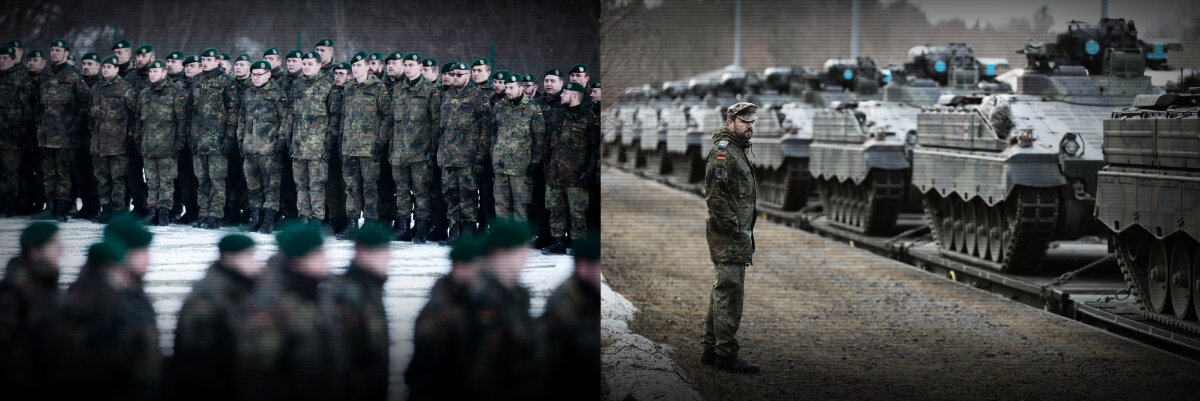
How accurate Mr. Armstrong’s forecast was of Germany being the “heart and core of the united Europe”!
Those prescient words were paralleled with stunning accuracy in a 2009 statement by Philip Murphy, America’s ambassador to Germany. “Germany is the centerpiece of the European Union,” he said in Berlin on December 1 of that year.
Europe’s history tells us to expect a European power to play a major role in the world. Germany’s economic and geographic dominance of the Continent tells us that it will be Europe’s leader. But why expect a 10-nation conglomerate?
This forecast is underpinned not just by more than 1,500 years of European history but by biblical prophecy.
_____
The Source of the Forecasts
At the mention of prophecy, many people immediately tune out. But before you do, realize that all of those forecasts that have already come to pass were based on the prophecies that so many people would dismiss out of hand.
Europe today is living, pulsing proof of the relevance and veracity of biblical prophecy!
Look at this statement Mr. Armstrong made in 1962: “Prophecy shows 10 kings … will arise in Europe and give their power to Germany.” It was because of biblical prophecy that Mr. Armstrong knew a 10-nation union would rise out of Europe in these latter days.
Revelation 17 describes in vivid detail this seventh and final resurrection of the Holy Roman Empire. “There is going to be a resurrection of that old Roman Empire. Not very many people believe it because people have gotten completely beyond really believing the Bible means what it says,” Mr. Armstrong said over 50 years ago. “You’re going to have to live and see it, and you’re going to have to know that God was speaking when He said that this thing was coming.”
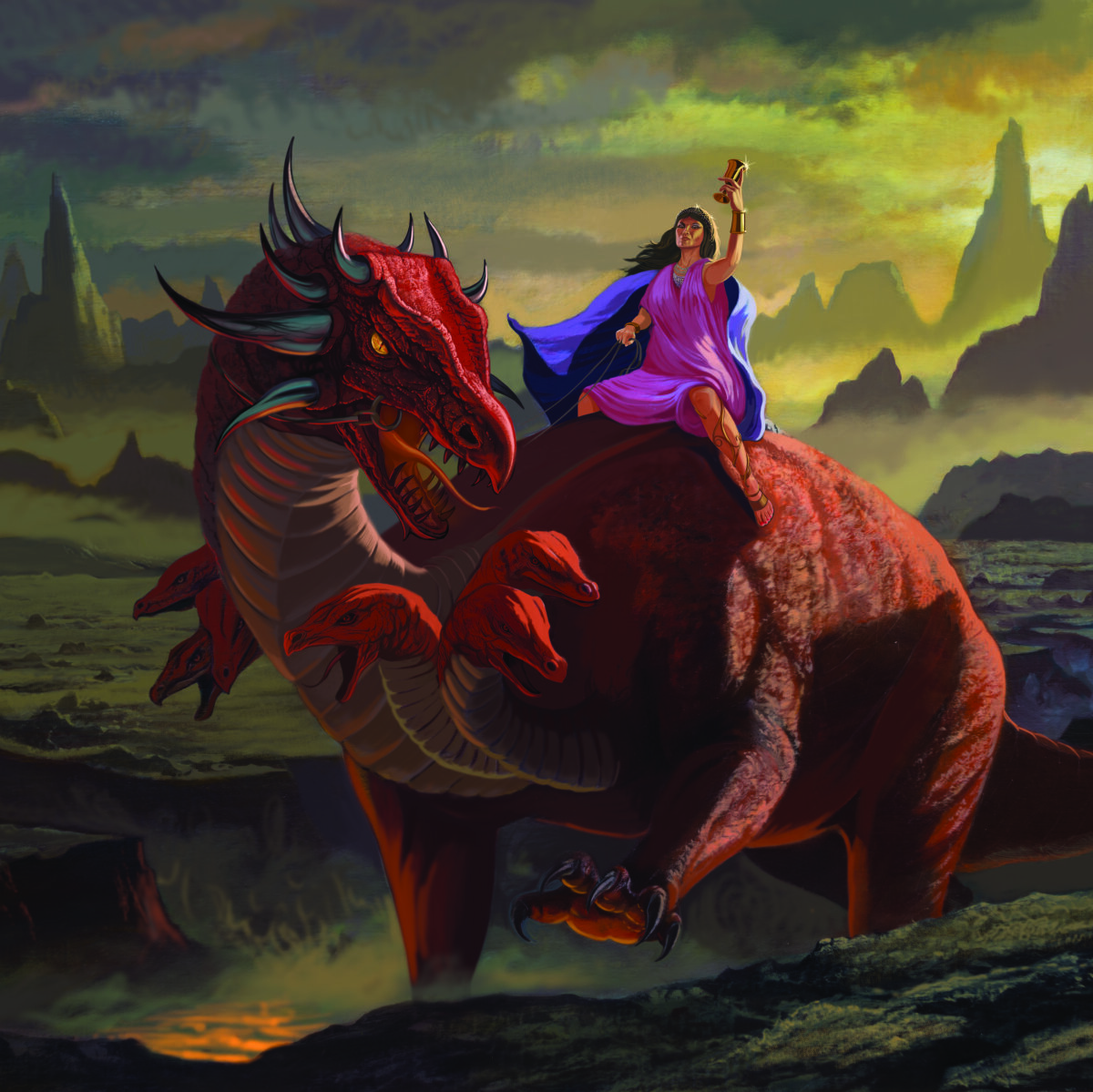
The Bible prophesied that after the Roman Empire collapsed in a.d. 476, its “deadly wound” would be healed (Revelation 13:3) and that there would be seven resurrections of a “Holy” Roman Empire to rise out of the territory of the Roman Empire of old.
Emperor Justinian recognized the supremacy of the pope in a.d. 554. Thus, when we come to these prophesied resurrections in Revelation 17, there is a whorish “woman” straddling this resurrected Roman “beast.” This is a prophetic symbol of the great false church that heavily influences and rules over the political empire. It is an unholy union of church and state.
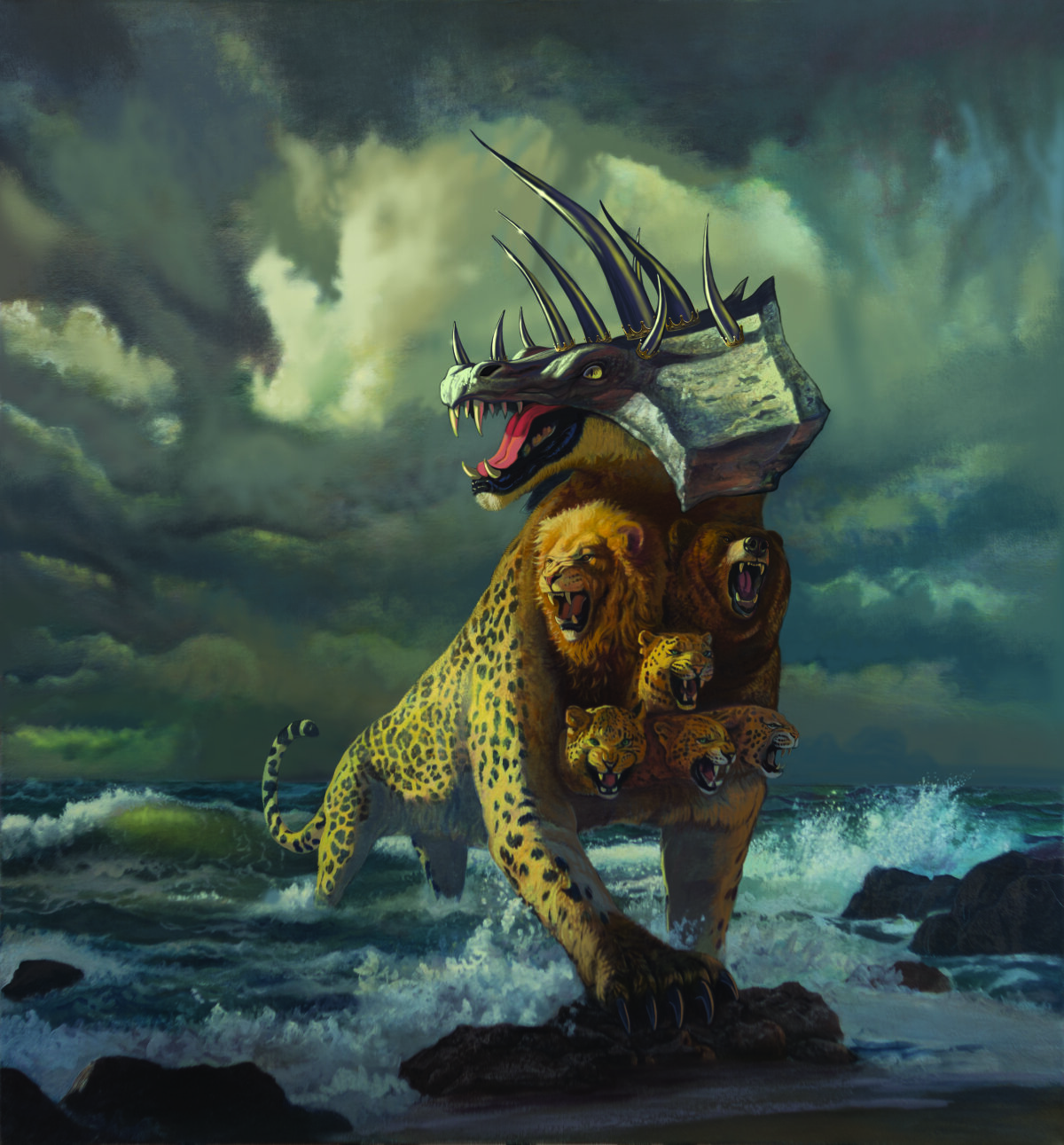
“So he carried me away in the spirit into the wilderness: and I saw a woman sit upon a scarlet coloured beast, full of names of blasphemy, having seven heads and ten horns” (Revelation 17:3). These seven heads and 10 horns are the biblical terms used to describe the Holy Roman Empire in its seven specific stages, culminating in the final union of 10 nations (or groups of nations) at the end of this age.
Here the Bible is plainly speaking of a great political beast rising in Europe, which will be led by a great European religious beast in an unholy alliance that sets out to conquer the world!
These seven successive resurrections of the Holy Roman Empire would have lapses in between, pictured by the mountain peaks and valleys in Revelation 17. As H. G. Wells wrote in The Outline of History, “The Roman Empire staggers, sprawls, is thrust off the stage, and reappears, and … it is the church of Rome which plays the part of the magician and keeps the corpse alive.”
The 10 horns mentioned in Revelation 17 are part of the seventh head. These 10 horns are 10 heads of state in Europe that will join together 10 nations or groups of nations as part of the final resurrection of the Holy Roman Empire.
Many other prophecies align with these in Revelation. Daniel 2 describes in symbol four world-ruling empires, traceable through history, the fourth of which is the Roman Empire, “strong as iron” (verse 40). The prophecy shows that right at the end, this empire will have 10 parts, pictured by 10 toes of this statue. Daniel 7 portrays the same four empires, but with different symbols; it emphasizes the repeated resurrections of the Roman Empire. (These prophecies are explained in our free booklet Daniel—Unsealed at Last!). Additional prophecies that provide still more detail can be found in Isaiah 10, Habakkuk 1 and many other passages.
Notice what one popular writer in Britain, known by the pseudonym Archbishop Cranmer, wrote in 2011: “The European Union is essentially the re-creation of the old empire of Charlemagne: from the moment the Treaty of Paris was signed in 1951, the European Coal and Steel Community bound together the economic and political destinies of France and Germany.” This commentator recently recognized this fact. But who besides Herbert W. Armstrong was writing about it more than half a century ago?
Mr. Armstrong was on the scene during the sixth resurrection of the Holy Roman Empire, and he prophesied of the seventh and final resurrection. We are witnessing that final resurrection today!
The Bible prophesies that this final resurrection would continue for a short time—only 2½ years. All of the prophecies that have come true and are coming true make very clear what will happen at the end of that short period. Though the final reign of this unholy empire will be brutal and bloody, it will end after a short time in the most exciting and hope-filled event in human history: the Second Coming of Jesus Christ.

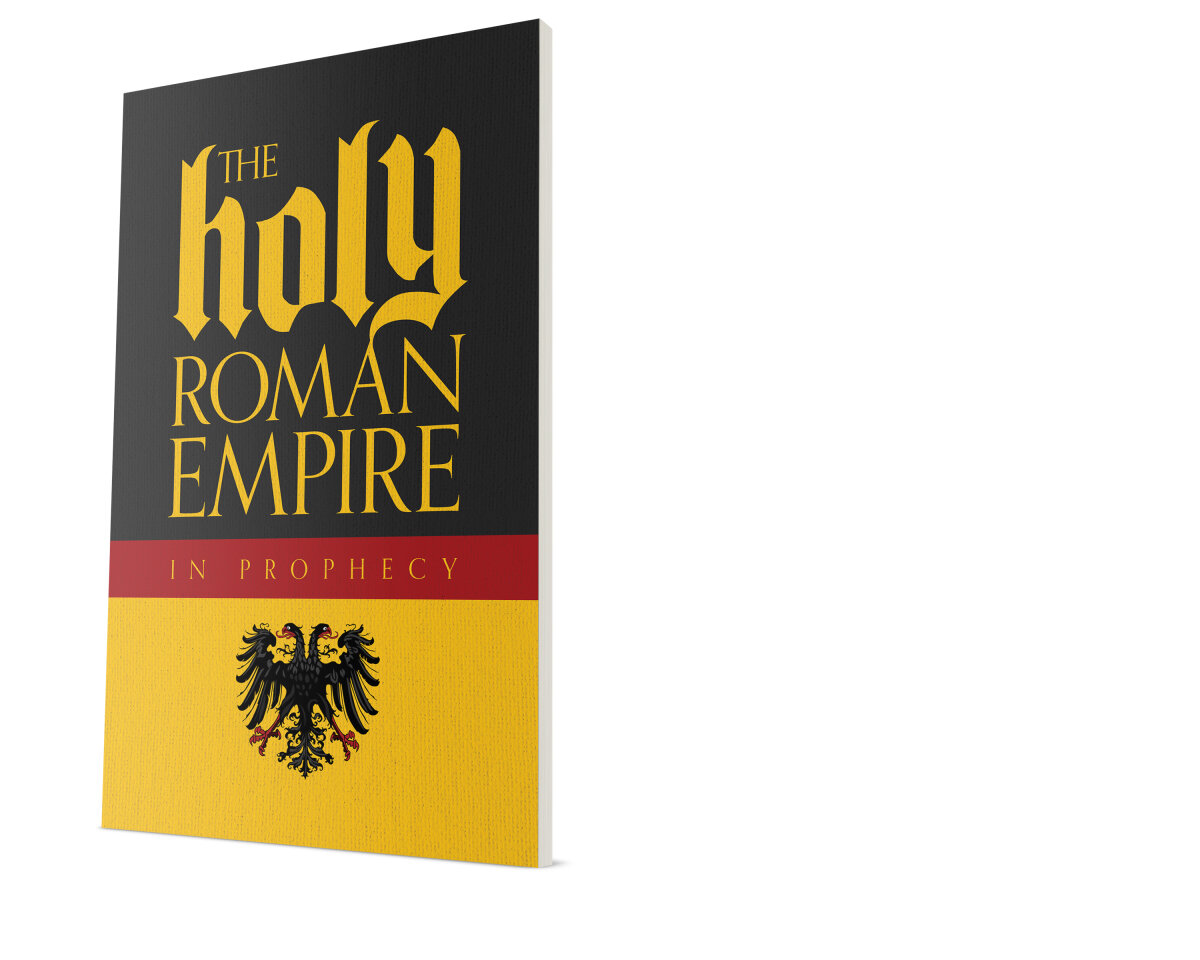
EUROPE’S UNSTOPPABLE EMPIRE
Not only has unified Europe endured decades of ups and downs, it has actually endured death—and then it has resurrected itself seven times over thousands of years. The Bible forecasted this in detail—and European history shows that it came to pass. Some of the Bible’s descriptions of this history are so detailed and so accurate, that critics insist that they must have been written after the events happened, not before.
Yet these Bible prophecies revealed events that happened long after the Bible was finished. In fact, this European history contained in the Bible is still unfolding. Find out which parts of the Bible describe the history of Europe, and whether its current unification effort will succeed once again. Request your free copy of The Holy Roman Empire in Prophecy.
